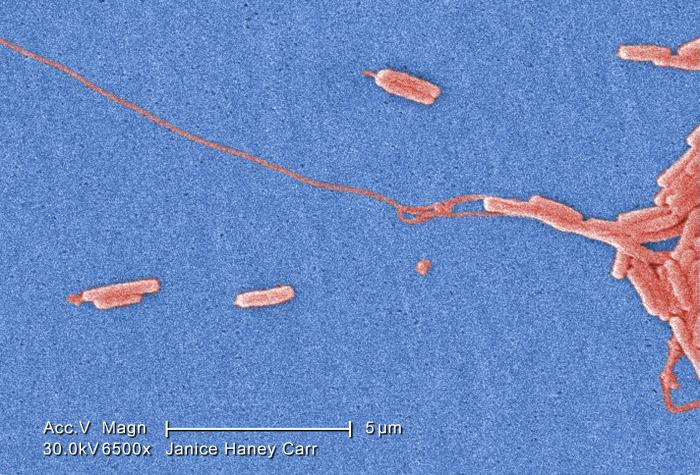In a follow-up on the cluster of Legionnaires’ disease in Hopkins, MN in Hennepin County, city officials and local media report additional cases in individuals who live or work in the city.

The Star Tribune reports the case tally has nearly doubled in recent days as the total now stands at nine. Following the five initial cases reported in people who became ill between Aug. 4 and Sept. 1, another person developed Legionnaires’ disease last week and three more cases were confirmed on Thursday.
This is the largest Legionnaires’ disease outbreak in Minnesota in two decades.
As health officials try to pinpoint the source of the Legionella outbreak, several local businesses are being closely looked at as part of the investigation to include Supervalu, Thermotech and an outdoor Cargill fountain.
The City of Hopkins reminds the public that the city’s drinking water is safe. Public Works and the State Department did a chlorine test at five locations (similar to the one we do monthly to ensure we have safe drinking water). All of the test results were good.
Legionellosis is a bacterial disease of the lungs caused by Legionella pneumophila. The disease can range from a mild respiratory illness to severe pneumonia and death. The most common form of legionellosis is known as “Legionnaires’ disease,” named after an outbreak in 1976 when many people who attended an American Legion conference in Philadelphia became ill.
 Most people contract the disease by inhaling mist or vapor from a water source contaminated with the bacteria. The disease is not contracted by drinking contaminated water, and person-to-person spread of legionellosis does not occur.
Most people contract the disease by inhaling mist or vapor from a water source contaminated with the bacteria. The disease is not contracted by drinking contaminated water, and person-to-person spread of legionellosis does not occur.
People of any age may get Legionnaires’ disease, but the disease most often affects persons older than 50. The disease is rare in people younger than 20 years of age. People at high-risk of acquiring the disease include current and former smokers, persons with chronic lung disease like emphysema or COPD, or those with compromised immunity (like patients who receive corticosteroids or have had an organ transplant). People with underlying illnesses, such as cancer, kidney disease, diabetes, or AIDS are also at higher risk.
According to the Centers for Disease Control and Prevention (CDC), it is estimated that between 8,000 and 18,000 people are hospitalized with legionellosis in the United States each year.
Related:
- England: Cleansing spray, piercings and Pseudomonas infections
- Anaheim: Mycobacterium infections prompt health department cease order
- Mumps: Arkansas and New York update

